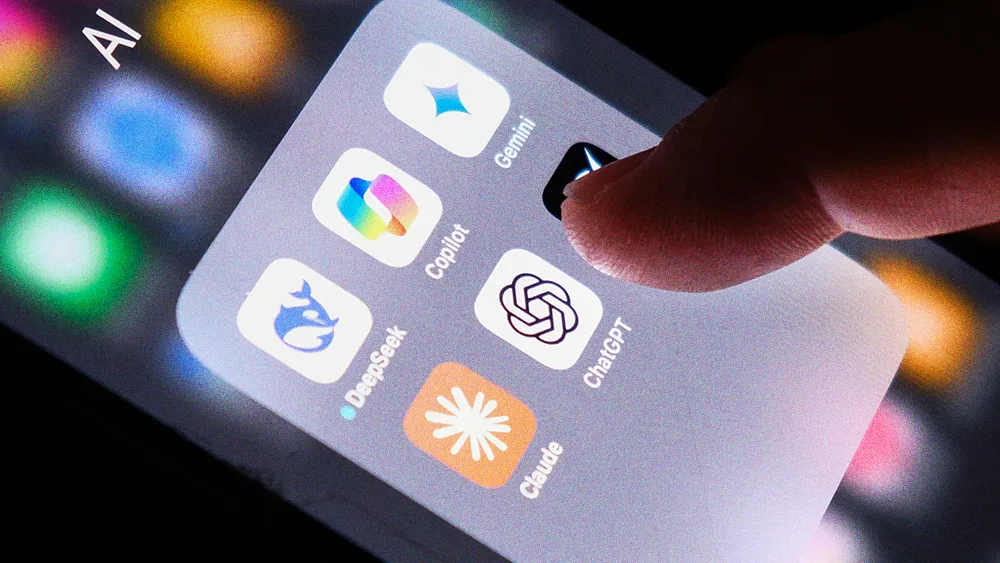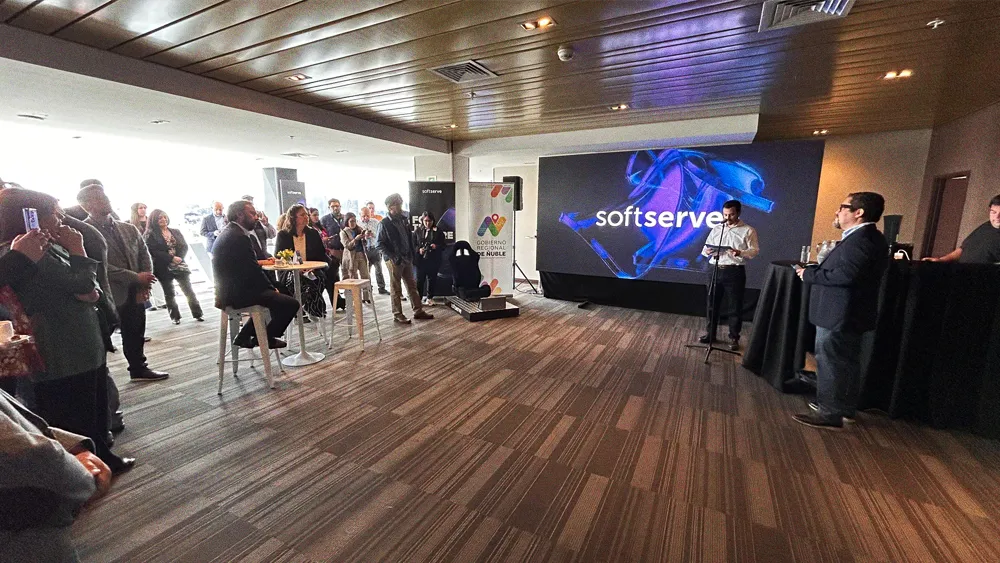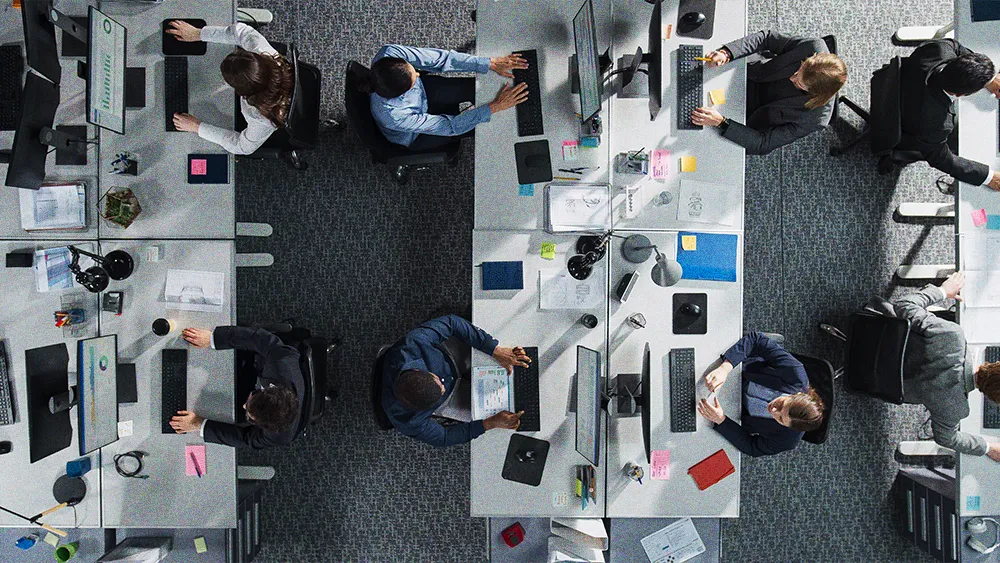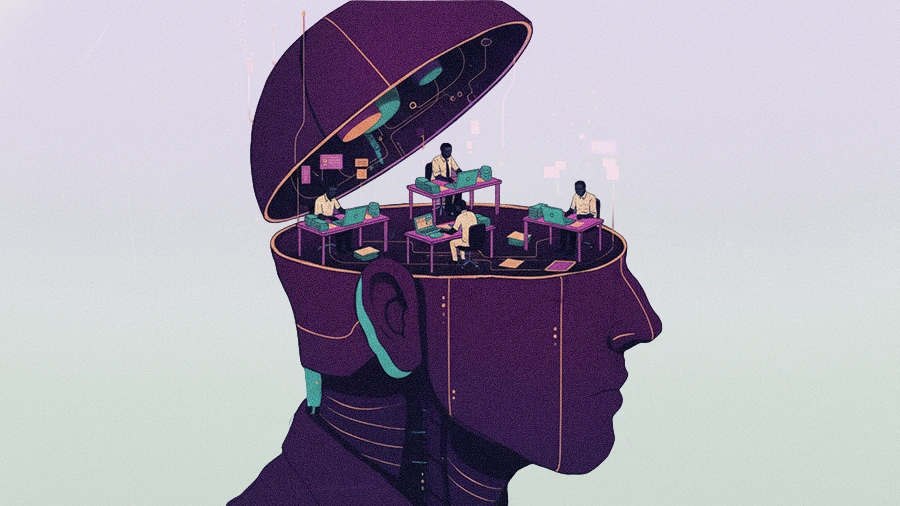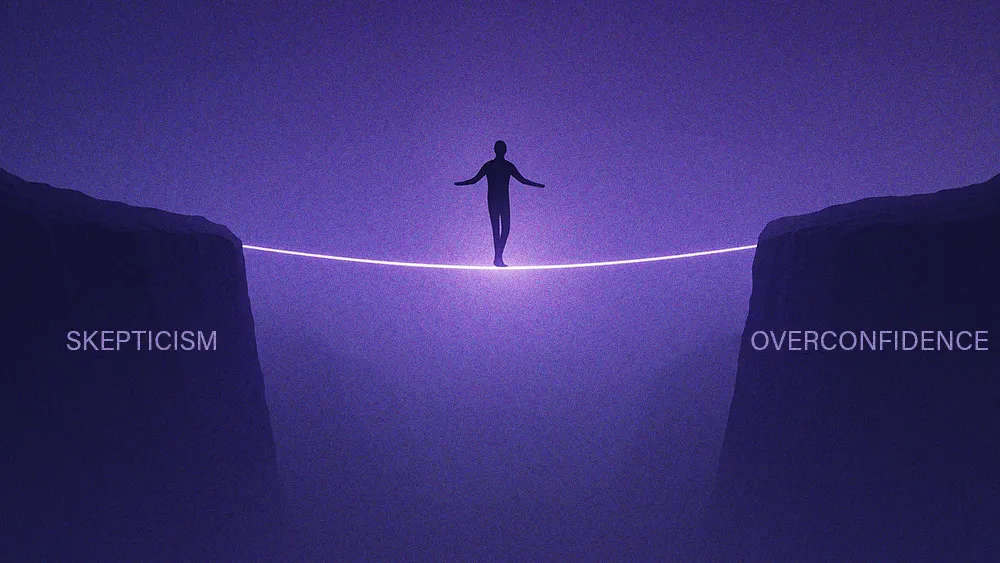How AI is helping HR leaders quantify the cost of workplace toxicity
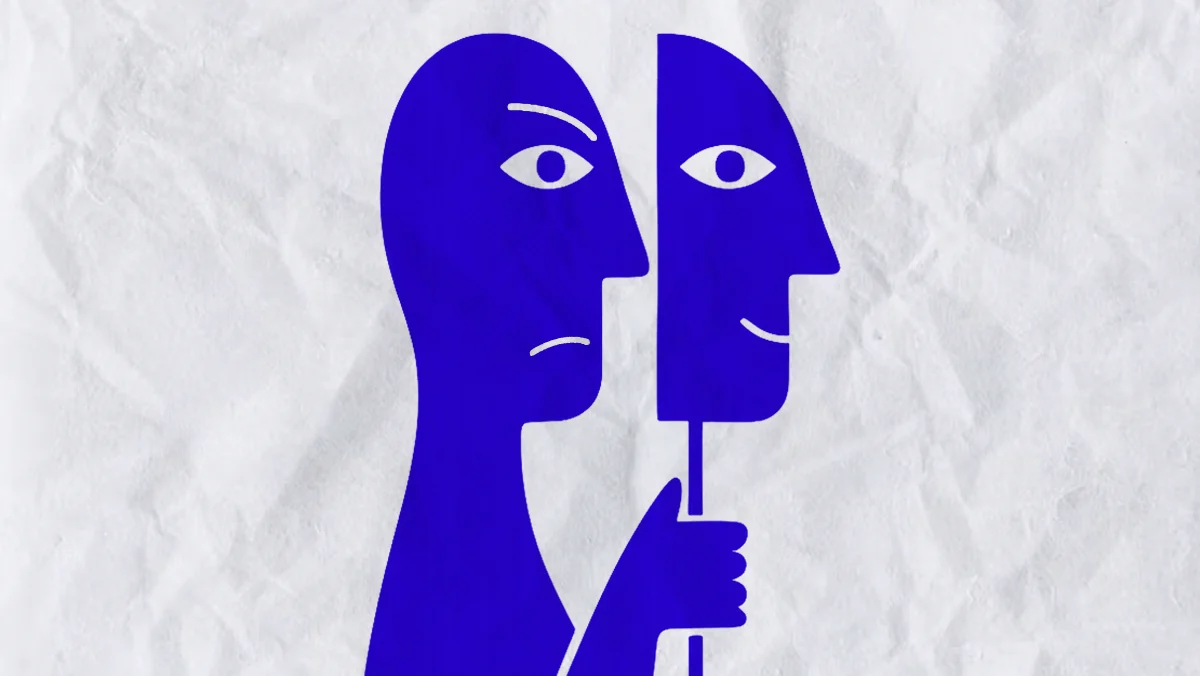
Key Points
AI is now capable of calculating the financial impact of toxic employees, transforming how companies address workplace issues.
Kimberly Williams, VP at Walker Advertising, is using AI to give a voice to marginalized employees and support discrimination claims.
Legal frameworks need updating to protect workers from general workplace abuse, with the Workplace Psychological Safety Act gaining traction.
There is growing support for worker protections, driven by societal shifts and increased advocacy from elected officials.
We’ve all known a 'brilliant jerk.' Now, AI can actually calculate their cost and impact they have on the team. It’s a powerful conversation changer from, 'Okay, this employee is a nightmare, but she gets results,' to, 'She’s costing us a lot of money.'

Kimberly Williams
VP of People, Culture & Compliance
Walker Advertising
The real threat to your company’s bottom line may not be a market dip or product flop. It might be the quiet, costly drain of workplace toxicity. What if AI could finally drag that number out of the HR shadows and onto the balance sheet, especially for your most disruptive—albeit high-performing—colleagues?
Kimberly Williams is making that ‘what if’ a reality. A former diplomat and now VP of People, Culture, and Compliance at law firm-focused Walker Advertising, she’s arming HR teams with new tools to tackle old problems and sees technology as the engine of workplace transformation.
Toxic tax: “We’ve all known a ‘brilliant jerk’. Now, AI can actually calculate their cost and impact they have on the team,” Williams says. She describes a system, built with HR platform Rippling, that analyzes 360-degree feedback to flag gaps between how a manager rates an employee and how their team experiences them.
From there, it estimates the productivity drag. If colleagues are spending energy managing around a difficult colleague, the system assumes they’re not operating at full capacity—typically around 70 percent. The platform factors in all related salaries, models the impact, and totals the loss. “In one example, it found that a single disruptive manager was costing the company over $250,000 a year,” Williams explains. “That’s AI, and it’s a powerful conversation changer—from, ‘Okay, this employee is a nightmare, but she gets results,’ to, ‘She’s costing us a lot of money.'”
AI as an equalizer: Williams sees AI not just as a tool for leadership, but as a way to empower employees. She points to emerging platforms that help workers build discrimination claims or amplify voices that are often overlooked, especially those from marginalized groups or individuals who speak English as a second language. “It gives them a voice they didn’t have before,” she says. “It lets them communicate in a new way that can finally get their issues addressed.” In that, she adds, AI has the potential to become a true equalizer.
Awful but lawful: While technology offers new avenues for insight and empowerment, Williams stresses that foundational legal frameworks must also evolve to comprehensively protect workers. Before AI can fully quantify all harm, or individuals can feel truly secure, the legal approach to workplace harm needs an update. She is a key advocate for the Workplace Psychological Safety Act, legislation now advancing in 24 states and at the federal level.
“Current laws miss the mark when someone is just abusive, without it being tied to your race or gender,” she says. “In 2025, people won’t overtly say, ‘I’m being mean to you because you’re a woman.’ If they’re just mean to everyone, it’s often lawful, but it’s incredibly harmful.” Williams points to research showing victims experience PTSD equivalent to combat veterans and often face financial ruin.
Anxiety to advocacy: The push for such new protections isn’t happening in a vacuum, even amid what Williams calls an “eggshell economy” rife with employee anxiety. “Despite rollbacks in some areas, we’re seeing more support for worker protections than ever,” she says. “Elected officials are visibly angry; their phones are exploding with cries for help.”
Williams views the momentum as a classic societal correction. “Our entire history is a pendulum swing. It’s moved strongly in one direction, but there’s a palpable feeling, especially in D.C., that it’s poised to swing back quite strongly towards worker advocacy.”
In 2025, people won't overtly say, 'I'm being mean to you because you're a woman.' If they're just mean to everyone, it's often lawful, but it's incredibly harmful.

Kimberly Williams
VP of People, Culture & Compliance
Walker Advertising
In 2025, people won't overtly say, 'I'm being mean to you because you're a woman.' If they're just mean to everyone, it's often lawful, but it's incredibly harmful.

Kimberly Williams
VP of People, Culture & Compliance
Walker Advertising
Related articles
TL;DR
AI is now capable of calculating the financial impact of toxic employees, transforming how companies address workplace issues.
Kimberly Williams, VP at Walker Advertising, is using AI to give a voice to marginalized employees and support discrimination claims.
Legal frameworks need updating to protect workers from general workplace abuse, with the Workplace Psychological Safety Act gaining traction.
There is growing support for worker protections, driven by societal shifts and increased advocacy from elected officials.

Kimberly Williams
Walker Advertising
VP of People, Culture & Compliance

VP of People, Culture & Compliance
The real threat to your company’s bottom line may not be a market dip or product flop. It might be the quiet, costly drain of workplace toxicity. What if AI could finally drag that number out of the HR shadows and onto the balance sheet, especially for your most disruptive—albeit high-performing—colleagues?
Kimberly Williams is making that ‘what if’ a reality. A former diplomat and now VP of People, Culture, and Compliance at law firm-focused Walker Advertising, she’s arming HR teams with new tools to tackle old problems and sees technology as the engine of workplace transformation.
Toxic tax: “We’ve all known a ‘brilliant jerk’. Now, AI can actually calculate their cost and impact they have on the team,” Williams says. She describes a system, built with HR platform Rippling, that analyzes 360-degree feedback to flag gaps between how a manager rates an employee and how their team experiences them.
From there, it estimates the productivity drag. If colleagues are spending energy managing around a difficult colleague, the system assumes they’re not operating at full capacity—typically around 70 percent. The platform factors in all related salaries, models the impact, and totals the loss. “In one example, it found that a single disruptive manager was costing the company over $250,000 a year,” Williams explains. “That’s AI, and it’s a powerful conversation changer—from, ‘Okay, this employee is a nightmare, but she gets results,’ to, ‘She’s costing us a lot of money.'”
AI as an equalizer: Williams sees AI not just as a tool for leadership, but as a way to empower employees. She points to emerging platforms that help workers build discrimination claims or amplify voices that are often overlooked, especially those from marginalized groups or individuals who speak English as a second language. “It gives them a voice they didn’t have before,” she says. “It lets them communicate in a new way that can finally get their issues addressed.” In that, she adds, AI has the potential to become a true equalizer.

Kimberly Williams
Walker Advertising
VP of People, Culture & Compliance

VP of People, Culture & Compliance
Awful but lawful: While technology offers new avenues for insight and empowerment, Williams stresses that foundational legal frameworks must also evolve to comprehensively protect workers. Before AI can fully quantify all harm, or individuals can feel truly secure, the legal approach to workplace harm needs an update. She is a key advocate for the Workplace Psychological Safety Act, legislation now advancing in 24 states and at the federal level.
“Current laws miss the mark when someone is just abusive, without it being tied to your race or gender,” she says. “In 2025, people won’t overtly say, ‘I’m being mean to you because you’re a woman.’ If they’re just mean to everyone, it’s often lawful, but it’s incredibly harmful.” Williams points to research showing victims experience PTSD equivalent to combat veterans and often face financial ruin.
Anxiety to advocacy: The push for such new protections isn’t happening in a vacuum, even amid what Williams calls an “eggshell economy” rife with employee anxiety. “Despite rollbacks in some areas, we’re seeing more support for worker protections than ever,” she says. “Elected officials are visibly angry; their phones are exploding with cries for help.”
Williams views the momentum as a classic societal correction. “Our entire history is a pendulum swing. It’s moved strongly in one direction, but there’s a palpable feeling, especially in D.C., that it’s poised to swing back quite strongly towards worker advocacy.”
